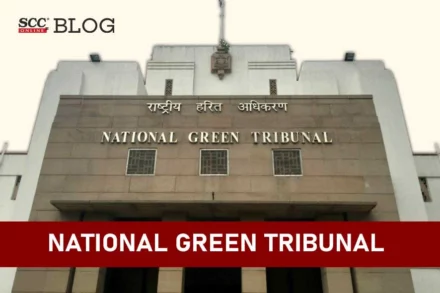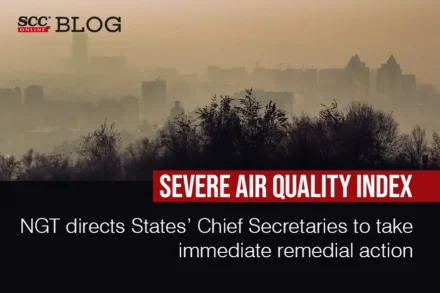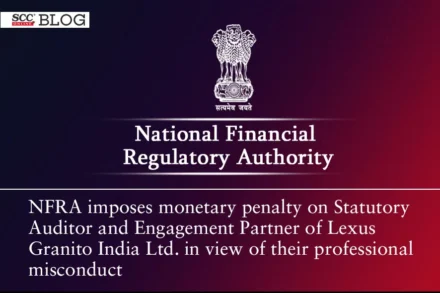
NGT issues notice to authorities for UN’s prediction of ‘low’ groundwater level in India by 2025
The National Green Tribunal issued notice to Central Ground Water Authority; Ministry of Jal Shakti; Ministry of Environment, Forest and Climate Change and various States’ Department of Water Resources.
Continue reading







